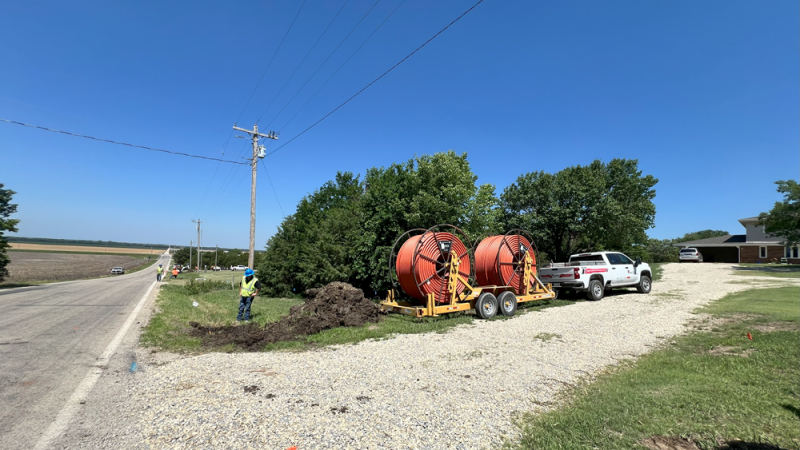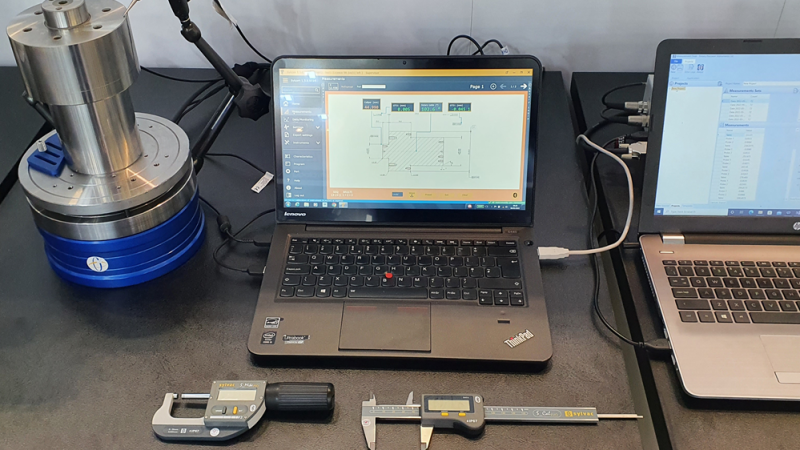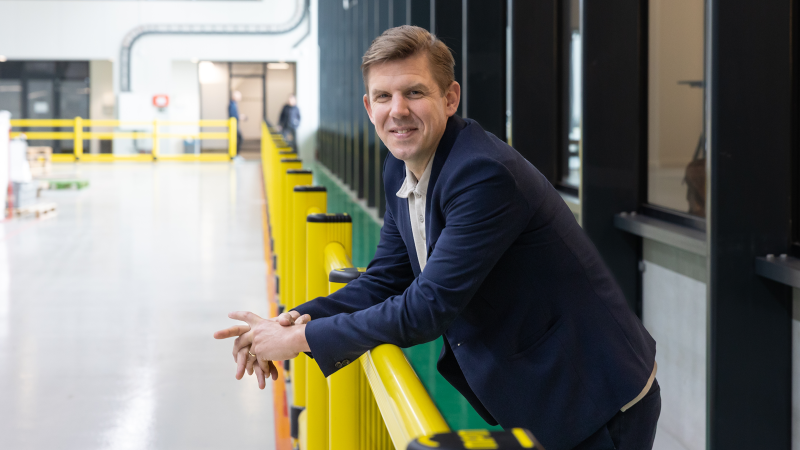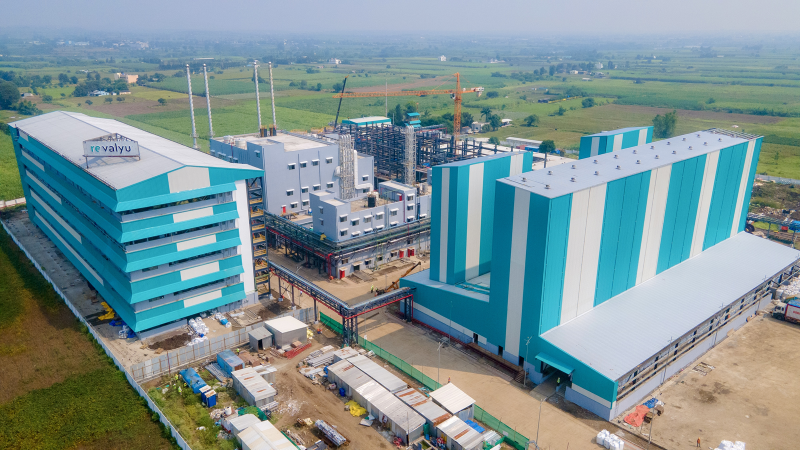How much paper have you interacted with today? Magazines, documents, packaging, even on the loo. It is so ubiquitous that you barely notice it. But the industry required to make that possible is immense.
A lot of people do not consider it because paper is everywhere, so widespread we do not give it a second thought. To put it in perspective, consider the plastics industry – the whole plastics industry. Not just packaging but manufacturing, including toys, computers, disposable cutlery, you name it. That industry produces under 400 million tonnes a year. Globally, the volume of paper manufactured is roughly 420 million tonnes a year and increasing.
Of that total, 3.5 million tonnes are manufactured through 40 sites in the UK, although a new mill is being built in Deeside, North Wales which will have the joint largest corrugating machine in the world, bringing national production to over 4 million.
It means that often the UK’s paper industry does not get the attention it deserves.
“When I tell people I work in the paper industry, they always ask ‘Newspapers?’ They do not even think people make paper in the UK,” says Daven Chamberlain, Interim CEO of the PITA (Paper Industry Technical Association).
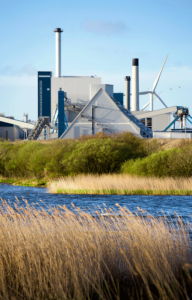 A High-Tech Industry
A High-Tech Industry
PITA ’s role is to act as a knowledge conduit between suppliers and producers. The forerunner to the organisation was launched in 1920, a time when papermaking was a craft industry.
“Influential people realised that if we applied science and engineering to our processes, we could increase output,” Chamberlain says.
To see how far the industry has come, Chamberlain points us to the humble toilet roll. Toilet rolls come in two, three or four-ply, and each of those layers is manufactured individually on a paper machine, then those reels are put together to make the finished product.
“You are looking at a weight of 13 to 15 grams per square metre of ply,” Chamberlain explains. “The world speed record for making tissue of that weight is 2,222 metres a minute. That is moving at 133 km an hour, and you can only achieve that using really sophisticated chemistry and high-end engineering.”
For over a hundred years PITA has established itself as a trusted source of information, primarily through its premium publication, Paper Technology International®, currently in its 65th year of publication.
“Over the years we have seen many other journals launch and fold, and that tells you about the quality we produce,” Chamberlain says.
Naturally, given the nature of the industry it serves, Paper Technology International® is a printed publication. “Digital-only just doesn’t feel right,” Chamberlain tells us, although PITA does have a separate digital journal for longer articles.
Moral Fibre
As a materials supplier working on such a large scale, its environmental impact is a major concern.
Firstly, there is energy and water consumption. In the UK, the paper industry is listed alongside ceramics, chemicals, concrete, food, steel, and glass as a high-energy user sector. For paper, 70% of that consumption comes from the drying part of the paper manufacturing process, including steam-heated cylinders, high-pressure steam, and hot air.
“Smaller mills use gas to produce heat for steam, but globally paper is the biggest user of heat energy from biomass in the world,” Chamberlain says. “At PITA we help by highlighting technology to reduce energy use, including ways to reduce moisture before it hits the drier section. If you can get water out of the paper, you use less energy in drying it.”
Given the amount of energy involved in drying the paper out, you might also assume the sector is a big water consumer, but the industry has got very good at recirculating the water it uses. However, this brings its own challenges.
“The more we recirculate, the more contaminants it contains, the more corrosion and scaling we see on the machines,” Chamberlain says.
The other material that sees a great deal of reuse is the fibres themselves.
“We’re the poster boys for recycling,” Chamberlain says. “Our recycling rate is 70% and the government wants us to increase that, but there is a limit. Some is non-recyclable, while a certain amount is taken out of the system in books and newspapers or thrown out in black bags. 70% is an incredible rate to have actually hit and many countries are struggling to catch up.”
Also, although the UK manufactures 3.5 million tonnes of paper a year, it consumes 10 million tonnes. If you are doing the maths, you have worked out that a 70% recycling rate sees us recycle far more paper than we manufacture.
“The recovered paper market is twice the size of our manufacturing output, that’s something people have no idea about,” says Chamberlain.
Even then, paper can only be recycled between 15 and 20 times until it becomes unusable, so new raw materials are still necessary. ‘What raw materials?’ is the burning question at the moment.
“You can get fibre from a number of plant species but over the last century the industry has focussed mainly upon wood, which has the highest fibre yield for a hectare of land,” says Chamberlain. “But we are going to have to investigate other fibre sources because you cannot keep planting trees where you could produce food for the growing world population. Crops like wheat and barley produce straws perfectly usable for paper making. As an association, we are publishing more and more data about alternative fibre sources.”
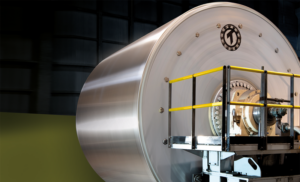 Turning Over a New Leaf
Turning Over a New Leaf
PITA also organises training and recruitment, the number one issue for mill managers the organisation is in conversation with.
“When I started in the industry in 1988 there were two universities doing degree and post-degree education and a couple of colleges offering diplomas, to serve an industry of 120 mills,” says Chamberlain. “Now the country has 40 mills and no tertiary education specifically for paper. Instead, there are a few organisations doing targeted training for the industry and we act as an agent for mills and their suppliers.”
Training is not the only area that has seen changes. Over the last 15 years, the industry has been undergoing a seismic shift. Although the three main sectors remain packaging, graphical (which includes newspapers and magazines) and hygiene (such as paper towels), their relative importance has changed dramatically.
“What killed the graphical industry, and I did not see it coming, is the iPad and other digital platforms. I heard about them and thought ‘How many hundreds of pounds? That will not take off,’” Chamberlain admits. “That’s why I’m a scientist, not a futurologist!”
Today over 60% of the overall industry supplies the packaging sector, while the graphical papers market has shrunk to around 20%. Meanwhile, hygiene paper is increasing rapidly, making up 12-15% of the current industry.
“That sector is seeing compound annual growth of around 5%, so those are big changes,” says Chamberlain. “We love the fact that the paper industry is increasing in volume, and we are very supportive of replacing plastic with paper.”
The paper industry’s processes, uses and raw materials might be changing, but the industry is going to adapt. Because demand is only growing.

